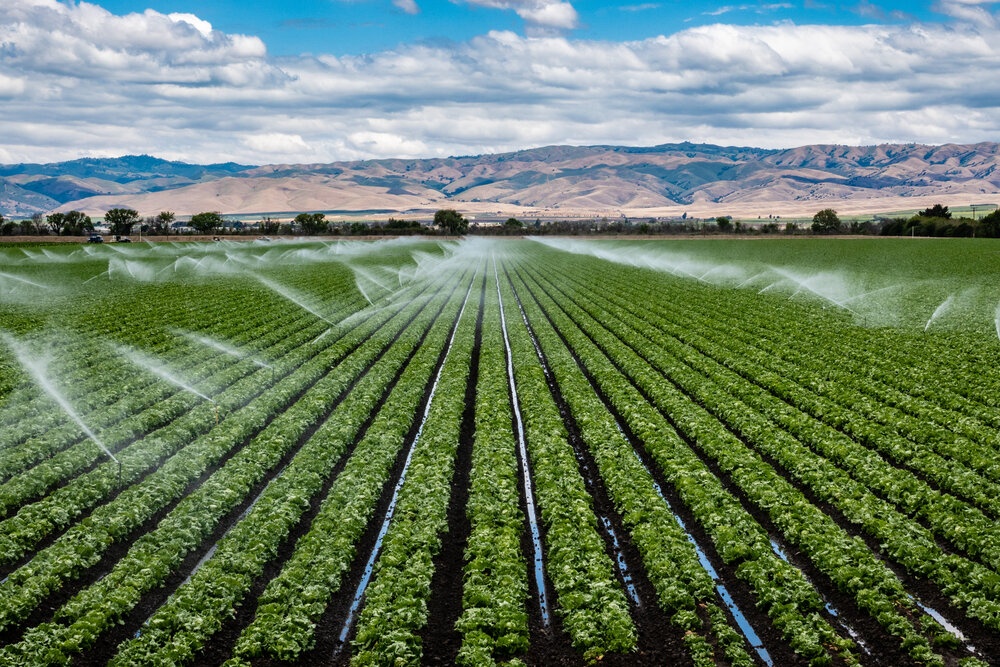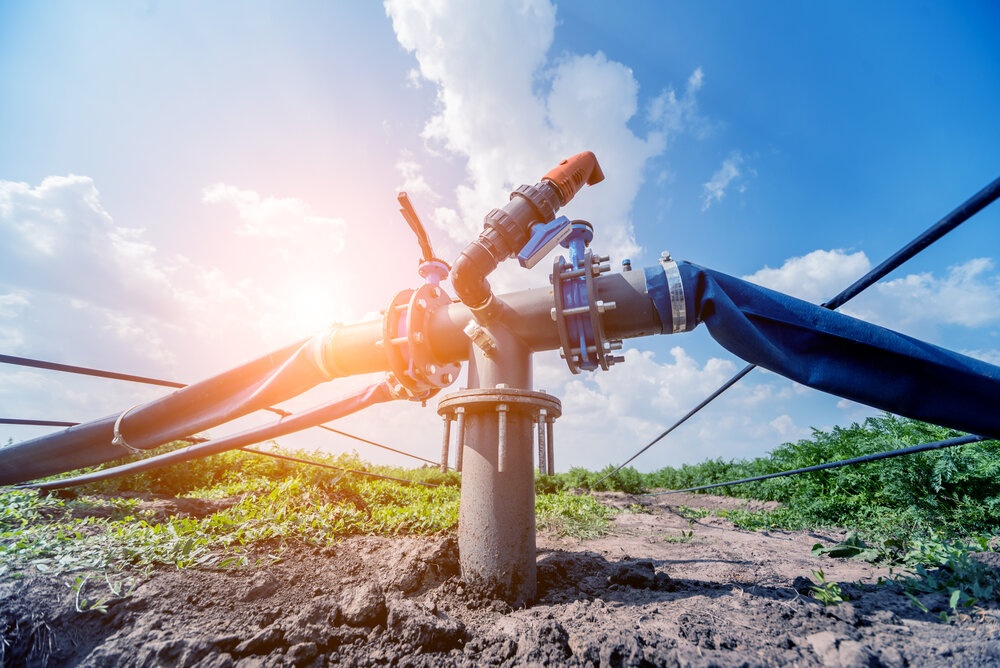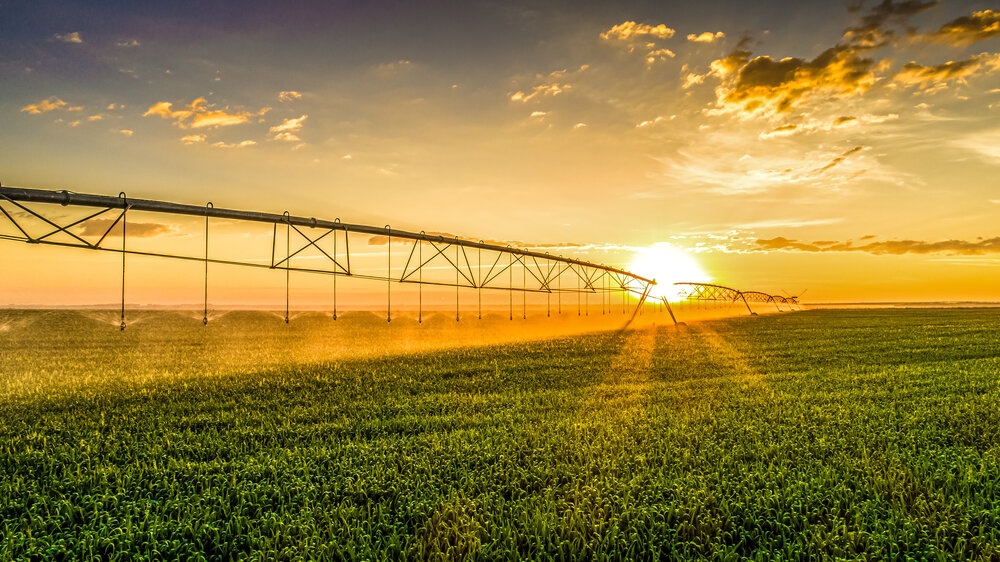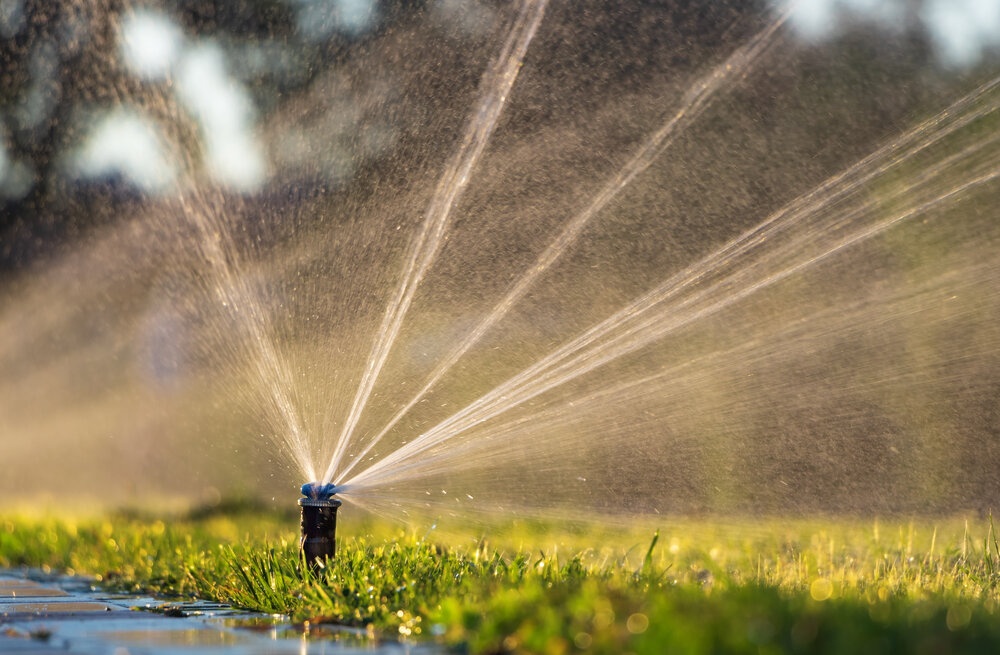It’s impossible to overstate the importance of sustainable irrigation. Water affects all our lives in so many ways, and the alarming rate with which this limited resource is being used, and yes, wasted, should be of major concern to us all.
Although 75% of the surface area of our planet is covered with water, only 2.5% of it is fresh water, and according to the worldatlas.com website, of that 2.5%, only 31% of fresh groundwater is available for drinking.
Approximately 70% of freshwater today is used in agriculture for irrigation. That and the fact that the supply of water is limited, is leading to the imposition of widening, increasing constraints.
Serious droughts in countries such as Chile and the USA have not only affected agricultural productivity, they have also led to the diminishment of both surface and groundwater reserves. In the coming years, extreme weather events such as floods and tropical storms are likely to occur more frequently, with climate change causing fluctuations in both precipitation and surface water levels, impacting crop irrigation needs.
All this, combined with the growing population and food demands, means we need to find even better forms of sustainable irrigation.
The least sustainable method of irrigation is flood or surface irrigation. Unfortunately, according to the agrivi.com website, 95% of the world's farmers use it. It is responsible for wasting up to 50% of the water delivered. However, it’s not all bad news.
Flood irrigation is less wasteful in terms of evaporation than some other methods. It is also the most energy-efficient method of irrigation. Also, of course, certain crops, like rice, thrive on it.
In poorer countries, farmers turn to flood irrigation because it is far cheaper than other methods that require expensive equipment and software.
What is Sustainable Irrigation?
From the farmer's viewpoint, sustainable irrigation could be interpreted as something that provides a steady, uninterrupted source of water at a price that doesn't exceed the marginal revenue they aim to make.
From the environmental viewpoint, it means only using volumes of water that can be naturally replaced within a limited timeframe that doesn't run the risk of endangering future needs.
As is clear from the preceding section, the two notions of affordability and sustainability are often at odds with one another, and sadly, in some locations, the farmer's needs outweigh the conservationist needs, and it creates potentially enormous future risk.

According to the pipelife.com website, if we were able to switch to more efficient irrigation practices and systems, reuse treated wastewater, and grow more drought-resistant crops, we could save up to 43% more water.
The two main types of more sustainable irrigation systems in use today are drip and sprinkler irrigation. The decision of which of the two types to use is dependent on various factors, including,
- The type of crop.
- The size of the fields.
- The Cost of installation and ongoing maintenance.
- How eco-friendly you want to be.
Drip versus Spray Irrigation
Overall, drip irrigation is the more efficient of the two systems. It loses less in terms of evaporation, and it delivers the water to the plant root systems, whereas spray irrigation waters in between plants on ground that doesn't need to be watered. Another problem with spray irrigation is the negative effect that strong winds can have.
Spray irrigation systems come in three main types:
- Centre Pivot Irrigation
- Travelling Gun Irrigation
- Linear Movement Irrigation
Each system has its pros and cons based mostly on the type of terrain. You'll see centre pivot irrigation used mainly in the US, in circular fields where they are most efficient. Travelling gun irrigation is useful for rough terrain, but it requires much more power, while linear movement irrigation is best suited for flat terrain where it can take water from ditches running alongside the fields.
Earlier, we mentioned flood or surface irrigation. We branded them as being the worst in terms of water wastage. But, the fact of the matter is that because they are the least expensive systems to install and operate by far, they will remain in use in numerous areas in many countries in the foreseeable future. The good news is that water loss can be reduced somewhat by using surge flooding techniques and by the capture and reuse of runoff.

Harnessing AI
As Artificial Intelligence (AI) evolves, it can be put to use to improve irrigation management by reducing costs and conserving natural resources through precision performance and improved irrigation schedules.
Concepts such as intelligent spraying can be improved using AI to facilitate improved detection of pests and weeds and deliver more precise chemigation and fertigation.
AI can also be used for better weather predictions allowing irrigation routines to be optimised in conjunction with the ups and downs of weather conditions.
Incorporating Permaculture Keyline Design in New Farm Developments
Although not a type of irrigation, Permaculture Keyline Design is a land management discipline that can be used to help conserve precious water. Percival Alfred Yeomans, an Australian gold assayer and mining engineer, developed the principles of Keyline Design back in the 1940s on a piece of land he inherited from his brother-in-law. The piece of land was in New South Wales, and it was called Nevallan.
Keyline Design is a land management tool that uses the natural ridges and topography of the land to slow, spread, and sink rainwater. It means that rainfall can spread more evenly across the land, which means less loss through runoff, improved soil fertility, and a greater tolerance to drought conditions.
After successfully installing and developing Permaculture Keyline Design (PKD) principles at Nevallan, in answer to a request from Mervyn Barton, the secretary of the Kiewa Regional Development League, Yeomans successfully introduced PKD to Barton’s land.
That was in 1967, and since then, given its success, these same principles have been introduced as part of the curriculum in sustainable agriculture colleges and universities globally.
You can find out more about P. A. Yeomans, his Permaculture Keyline Design, and the “Yeomans Plow,” which won a Prince Philip Design Award in 1974, on the waterrunoff.com website.
Using All the Tools at Our Disposal
There can be little doubt that humankind has some tough challenges to face in years to come. Climate change and a rapidly growing population are posing some tough questions in terms of agriculture, food production, and ensuring we have sufficient potable and irrigation water to survive and thrive.
As well as utilising philosophies like Permaculture Keyline Design and continuing to develop and use AI, we also need to take sustainable irrigation systems, like drip and spray, to the next level.
Improving drip and spray irrigation technologies, decreasing contamination from irrigation chemigation and fertigation, improving water storage science, and toughening and enforcing water usage laws, are all part of a united front we must embrace if humankind is to enjoy a long-term future.

